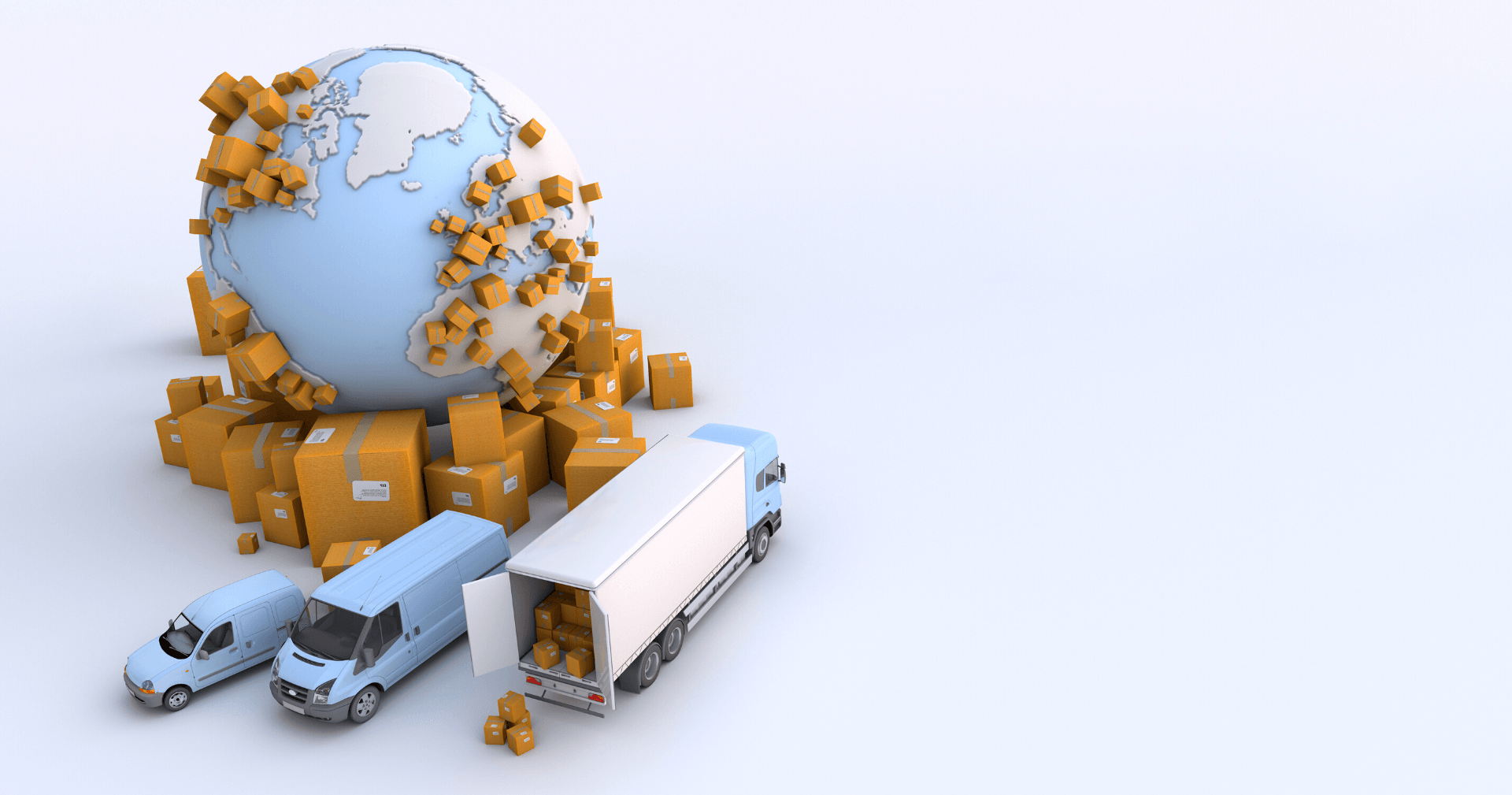
Start assessing your business and supply chain: Part 2
Now that I know, what should I be doing next?
This is part two of a series on how to start assessing your environmental impact. If you missed the primer on taking stock of your emissions, read that here.
Once you’ve started the work of exploring emissions across scope 1, 2 and 3 , your job gets a lot easier. Here are some steps towards taking action.
Scope 1: Reduce, reduce, reduce. Electrification of scope 1 emissions can help you reduce your impact in scope 1 but you can go further and ensure that your electricity is from renewable sources rather than fossil fuels. Research an alternative energy provider or see if your current energy company has a green option on the books – several of them now do. Reduce in-house waste and find ways to recycle factory waste. This can be things like installing a new water waste recovery system or recycling production waste to make new products. It can also be an opportunity to reach out to new partners who are looking for supplies. Companies like Agrigrub, for example, take food waste that would end up in landfill and feed it to a particular kind of insect that in turn is used as live food for birds, reptiles and insects. You can find out more about connecting with them and other innovative partners on our platform, Greener.
Delivering a more sustainable supply chain that has a real impact takes collaboration; no one business can do it alone.
Scope 2: As before, once you have a better understanding of your energy usage you can begin to reduce it. Beyond switching to renewable providers you can also do your part by prioritising energy efficiency by switching to low usage lighting, getting better insulation or even turning off equipment at night that doesn’t need to stay on.
For heating and cooling, you can look into alternative heating sources for your facilities such as heat pumps, solar and geothermal for application below 400 degrees celsius, or bioenergy in higher temperature heat demand (although sustainability of bioenergy is dependent on how it is produced) [1].
Scope 3: Start conversations with your supply chain partners and ask the right questions. Here are some good places to get started:
Do you have a sustainability strategy?
Have you published any reports on your progress?
What are the internal goals and targets you are focusing on?
Do you have specific ways of tracing sustainability across your supply chain?
Encourage your suppliers to implement sustainable innovations and discover what sustainable innovations are available in the market then begin implementing them. This could be a new packaging solution that can reduce your products’ end of life emissions, changing your distribution to an all electric fleet, or working with growers and suppliers with sustainable practices.
Delivering a more sustainable supply chain that has a real impact takes collaboration; no one business can do it alone. By opening a channel of communication with your partners upstream and downstream you’re helping to signal that the market wants innovations and action to green the sector. You’re also becoming part of a knowledge sharing network that can be hugely valuable to the small businesses without resources to dedicate to researching sustainability. That desire to create a one-stop-shop for sustainability across your network is why we founded Greener, if you want to learn more you can join for free and get access to our growing community of similarly-minded businesses.
[1]:‘Clean and efficient heat for industry’ - IEA
Mehrnaz Tajmir is the Co-Founder and Chief Science of Greener

